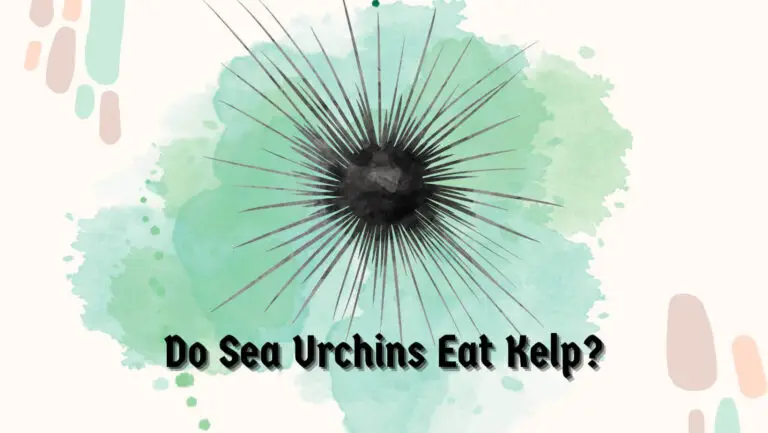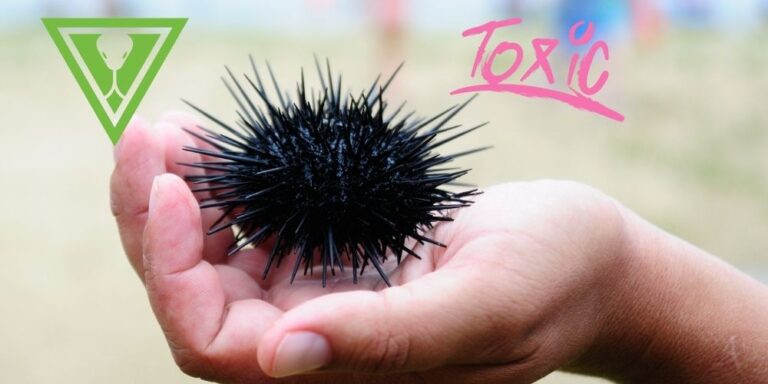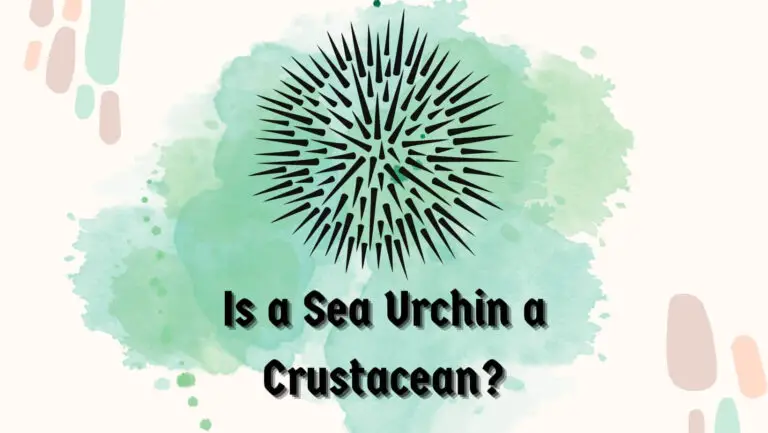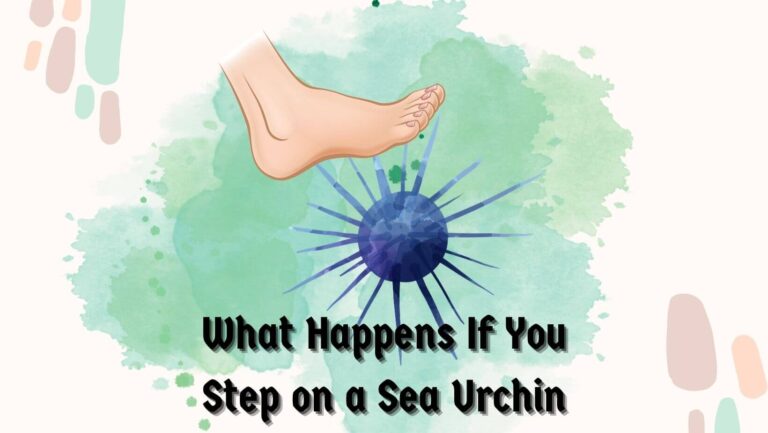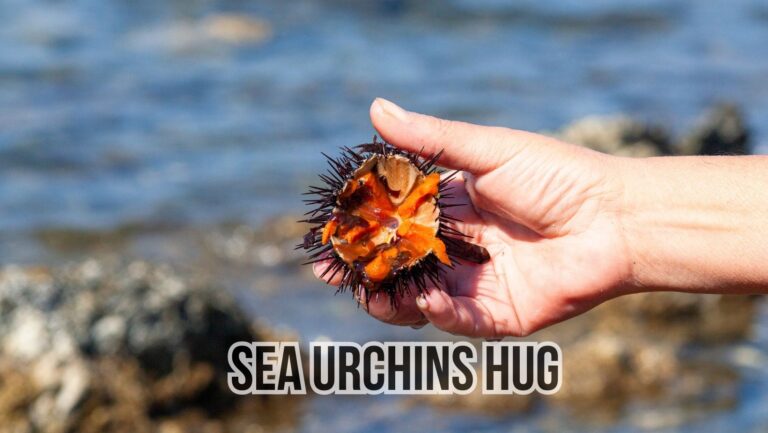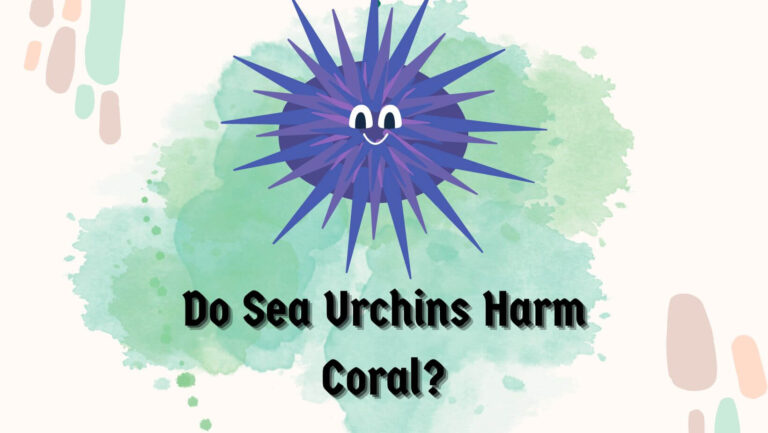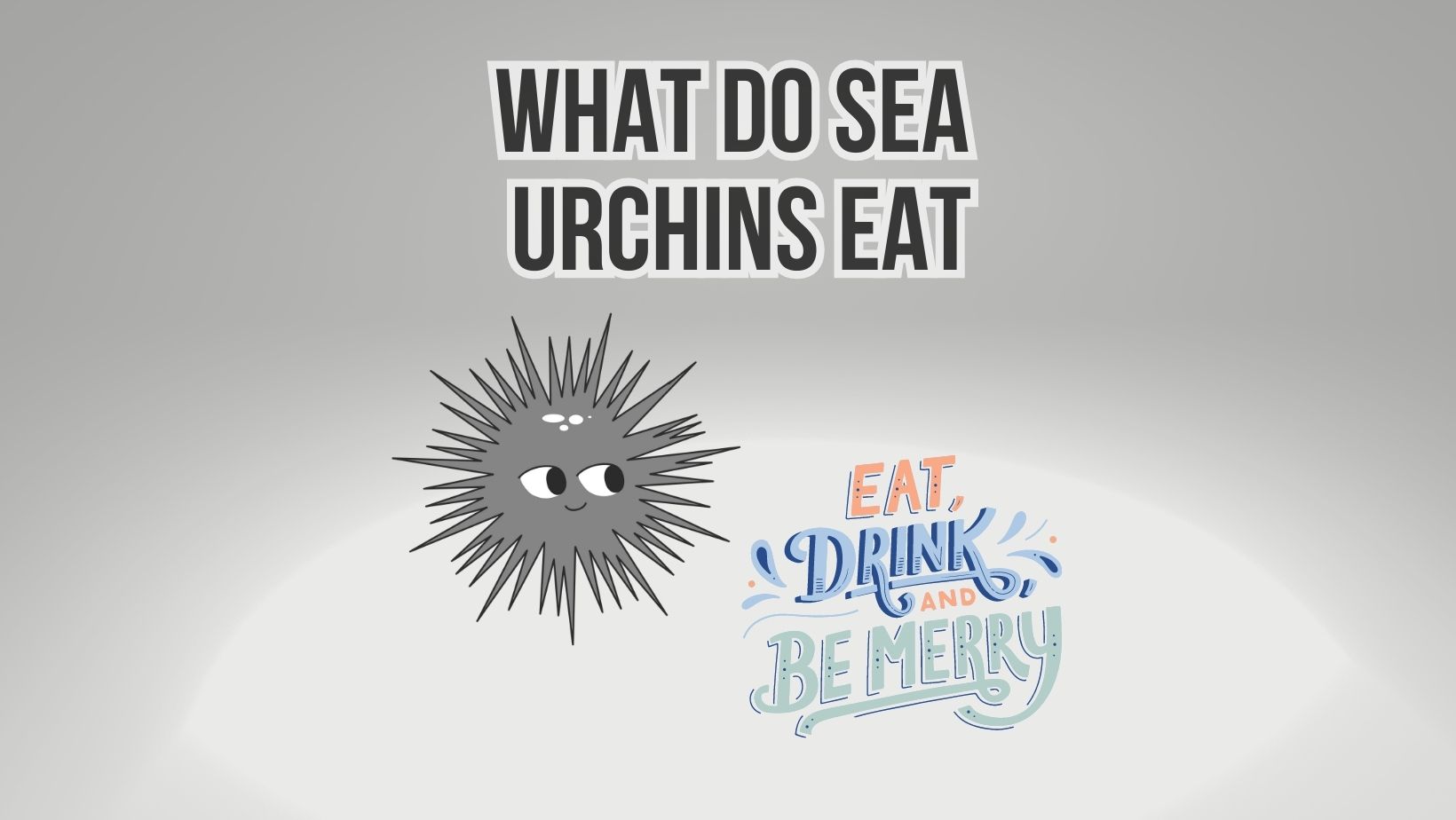
Sea urchins are intriguing marine creatures known for their unique appearance and spiky exteriors. These echinoderms belong to the class Echinoidea and can be found in oceans across the globe. If you’ve ever come across a sea urchin, you might wonder, “What do they eat?” In this article, we will delve into the dietary habits of sea urchins, exploring their feeding mechanisms, preferred food sources, and the ecological significance of their diet.
Sea urchins play an essential role in marine ecosystems as herbivores, omnivores, or scavengers. Their diet varies depending on the species and the available food sources in their habitat. Understanding what sea urchins eat is crucial to comprehending their ecological impact and the delicate balance of marine life.
Overview of Sea Urchins
Before diving into their diet, let’s briefly explore the world of sea urchins. Sea urchins are part of the phylum Echinodermata, which also includes sea stars, sea cucumbers, and brittle stars. They possess a spherical body covered in sharp spines, protecting them from predators and providing mobility through the ocean currents.
Sea Urchins’ Anatomy and Feeding Mechanism
To better understand how sea urchins acquire their food, let’s examine their anatomy and feeding mechanism.
External Features
Sea urchins have a round body, which can vary in size from a few centimeters to several inches in diameter. The body is covered with long, sharp spines that act as both protection and locomotion. These spines are essential for gripping onto rocks or burrowing into the sand.
Mouth and Teeth
At the center of the sea urchin’s undersurface lies its mouth, which is surrounded by a ring of teeth. These teeth, collectively known as Aristotle’s Lantern, are hard and capable of scraping, grinding, and rasping food materials. The mouth serves as the main point of entry for nourishment.
Sea Urchins’ Diet and Feeding Habits
Sea urchins have diverse feeding habits, depending on the species and their environment. Let’s explore the various food sources that sea urchins consume.
Algae and Seaweed
Many species of sea urchins primarily feed on algae and seaweed. They use their specialized mouthparts to scrape and consume the thin films of algae present on rocks and other surfaces. Sea urchins play a crucial role in controlling algae overgrowth, which can be detrimental to the health of coral reefs and other marine ecosystems.
Detritus and Organic Matter
In addition to algae, sea urchins also feed on detritus and other organic matter. They scavenge for decaying plant and animal material that has settled on the ocean floor. By consuming detritus, sea urchins help break down organic waste, playing a vital role in nutrient cycling within marine environments.
Small Invertebrates and Dead Animals
Some species of sea urchins are opportunistic feeders and consume small invertebrates, such as worms and mollusks. They may also scavenge on dead animals that have fallen to the seafloor. This omnivorous behavior allows sea urchins to adapt to varying food availability in their habitat.
Cannibalistic Behavior
Under certain circumstances, sea urchins may exhibit cannibalistic behavior, especially when food is scarce. In overcrowded conditions or when competing for limited resources, sea urchins may resort to consuming their own species or even their offspring.
Adaptations for Feeding
Sea urchins have developed remarkable adaptations that aid in their feeding activities. These adaptations contribute to their success as grazers and scavengers.
Spines and Tube Feet
The spines covering a sea urchin’s body serve multiple purposes. Apart from providing protection, they also play a role in capturing food particles. Sea urchins use their spines to collect algae, detritus, and other food items from the surrounding water.
Tube feet, small flexible appendages located between the spines, help sea urchins manipulate and move food towards their mouth. By coordinating the movement of their tube feet, sea urchins can effectively gather and transport food to their mouths for ingestion.
Aristotle’s Lantern
Aristotle’s Lantern, the complex jaw-like structure found in sea urchins, aids in feeding on hard surfaces such as rocks or corals. Composed of five interlocking teeth, this specialized feeding apparatus allows sea urchins to scrape and grind algae, detritus, and other food sources.
Factors Affecting Sea Urchins’ Diet
Several factors influence the diet of sea urchins. Let’s explore two primary factors: habitat and the availability of food sources, and seasonal variations.
Habitat and Availability of Food Sources
The specific habitat of a sea urchin plays a significant role in determining its diet. For instance, sea urchins living in rocky coastal areas are more likely to consume algae, while those dwelling in sandy or muddy bottoms might rely on detritus and other organic matter.
The availability of food sources also affects sea urchins’ diet. In areas with ample algae growth, sea urchins may predominantly feed on algae. In contrast, in habitats where algae are scarce, they may resort to alternative food sources or adapt their feeding habits.
Seasonal Variations
Seasonal variations can impact the diet of sea urchins. For example, during certain times of the year when specific algae species are abundant, sea urchins may exhibit preferences for those particular food sources. Seasonal variations in food availability can influence the reproductive cycle, growth rate, and overall health of sea urchin populations.
Ecological Significance of Sea Urchins’ Diet
The feeding habits of sea urchins have far-reaching ecological implications. By grazing on algae and seaweed, they help maintain the balance of marine ecosystems. Excessive algae growth can smother coral reefs, hindering their growth and survival. Sea urchins act as natural controllers of algal populations, promoting the health and diversity of coral reef systems.
Sea urchins also contribute to nutrient cycling within marine environments. By consuming detritus and organic matter, they assist in breaking down waste and returning essential nutrients to the ecosystem. Their role as scavengers helps prevent the accumulation of decaying matter and maintains the overall cleanliness of the ocean floor.
What Do Sea Urchins Eat in the Wild
Sea urchins have a varied diet in the wild, primarily consisting of algae and seaweed. They are herbivorous creatures and feed on different species of marine plants, including kelp, green and red algae, and various types of seaweed.
Their specialized mouthparts, known as Aristotle’s Lantern, help them scrape and consume the algae that grow on rocks and other surfaces. Sea urchins also have a scavenging behavior, feeding on detritus and organic matter that settles on the ocean floor.
What Do Sea Urchins Eat in Captivity
In captivity, the diet of sea urchins needs to be carefully managed to ensure their health and well-being. They are typically fed a variety of fresh or frozen marine plant material. Common foods provided to sea urchins in captivity include seaweed, kelp, and commercially available algae-based food pellets. It is important to mimic their natural diet as closely as possible to maintain their nutritional requirements.
What Do Sea Urchins Eat in the Ocean
In the ocean, sea urchins primarily feed on marine plants, such as algae and seaweed. They graze on the surfaces of rocks, coral, and other substrates to scrape off the thin films of algae. Sea urchins play a vital role in maintaining the balance of marine ecosystems by controlling the growth of algae, preventing overgrowth that could harm coral reefs and other marine organisms.
What Do Sea Urchins Eat in the Kelp Forest
Kelp forests provide an abundant food source for sea urchins. Sea urchins in kelp forest ecosystems primarily feed on various species of kelp, such as giant kelp (Macrocystis pyrifera) and bull kelp (Nereocystis luetkeana). They use their spines and specialized mouthparts to scrape and consume the algae present on the kelp blades and stipes.
What Do Sea Urchins Eat in an Aquarium
In an aquarium setting, sea urchins are typically provided with a diet similar to their natural food sources. They are commonly fed a combination of fresh or frozen seaweed, kelp, and commercially available algae-based food pellets. It is important to ensure a balanced diet for sea urchins in aquariums to support their nutritional needs and overall health.
What Plants Do Sea Urchins Eat
Sea urchins primarily consume marine plants, including various species of algae, seaweed, and kelp. They are known to feed on green algae, red algae, brown algae, and other types of marine plant material. Some common seaweed species that sea urchins may eat include rockweed, sea lettuce, and bladderwrack.
What Type of Plankton Do Sea Urchins Eat
Sea urchins are not known to be primary consumers of plankton. Their diet primarily consists of marine plants, such as algae and seaweed. However, it is possible that they may incidentally consume small planktonic organisms present in the water while feeding on algae or detritus.
What Kind of Algae Do Sea Urchins Eat
Sea urchins have a broad diet when it comes to algae. They consume various species of algae, including green algae, red algae, and brown algae. Specific types of algae that sea urchins may eat depend on their habitat and availability. Examples of algae commonly consumed by sea urchins include Ulva (sea lettuce), Enteromorpha, and Sargassum.
What Type of Kelp Do Sea Urchins Eat
Sea urchins feed on different types of kelp, depending on their habitat and availability. Giant kelp (Macrocystis pyrifera) and bull kelp (Nereocystis luetkeana) are examples of kelp species that sea urchins may consume. They use their spines and mouthparts to scrape off the algae growing on the kelp blades and stipes.
What Do Sea Urchins Eat During the Day
Sea urchins are active feeders during the day, utilizing the available sunlight to support photosynthesis in the algae and seaweed they consume. They graze on the surfaces of rocks, corals, and kelp, scraping off the thin films of algae and feeding on other plant material. Their feeding activity during the day contributes to the ecological balance and nutrient cycling in marine ecosystems.
Conclusion
Sea urchins have a diverse and adaptable diet, allowing them to thrive in various marine habitats. Their feeding habits, which include consuming algae, detritus, small invertebrates, and even their own species, play a crucial role in maintaining the health and balance of marine ecosystems. Understanding what sea urchins eat helps us appreciate their ecological significance and the intricate web of interactions within the ocean.
FAQs
- Can sea urchins survive without food? Sea urchins have the ability to survive for extended periods without food, particularly in colder months when their metabolism slows down. However, prolonged starvation can have detrimental effects on their health and reproduction.
- How do sea urchins prevent algae overgrowth? Sea urchins play a vital role in preventing algae overgrowth by grazing on algae and keeping their populations in check. This helps maintain the health and diversity of marine ecosystems.
- Are sea urchins considered herbivores? Yes, many species of sea urchins are herbivores as they primarily feed on algae and seaweed. However, some species exhibit omnivorous or scavenging behavior, consuming detritus, small invertebrates, and even other sea urchins.
- What are some predators of sea urchins? Predators of sea urchins include sea otters, certain species of fish, lobsters, crabs, and some birds. These predators play a crucial role in regulating sea urchin populations and maintaining ecosystem balance.

